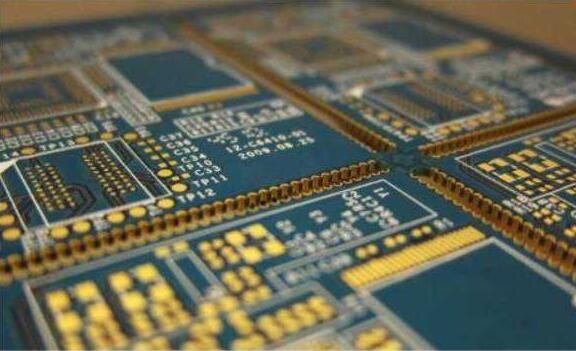PCB manufacturers explain the circuit board production process in detail
1. Cutting
Purpose: According to the requirements of the engineering data MI, on the large sheets that meet the requirements, cut into small pieces to produce panels. Small sheets that meet customer requirements.
Process: large sheet - cutting board according to MI requirements - curium board - beer fillet \ edging - ejecting board.
2. PCB drilling
Purpose: According to the engineering data (customer data), drill the required hole diameter in the corresponding position on the sheet that meets the required size.
Process: stacked board pin - upper board - drilling - lower board - inspection \ repair.
Three, PCB sinking copper
Purpose: Immersion copper is to deposit a thin layer of copper on the wall of the insulating hole by chemical method.

Process: rough grinding - hanging board - automatic copper sinking line - lower board - dip 1% dilute H2SO4 - thickened copper.
Four, graphics transfer
Purpose: Graphic transfer is to transfer the image on the production film to the board.
Process: (blue oil process): grinding plate - printing the first side - drying - printing the second side - drying - exploding - developing shadow - inspection; (dry film process): hemp board - pressing film - standing - right Position-Exposure-Standing-Development-Check.
Five, graphic plating
Purpose: Pattern electroplating is to electroplate a copper layer with the required thickness and a gold-nickel or tin layer with the required thickness on the exposed copper skin or hole wall of the circuit pattern.
Process: upper board - degreasing - second water washing - micro-etching - water washing - pickling - copper plating - water washing - pickling - tin plating - water washing - lower board.
Six, remove the film
Purpose: Use NaOH solution to remove the anti-plating coating film to expose the non-circuit copper layer.
Process: water film: insert rack - soak alkali - rinse - scrub - pass machine; dry film: put board - pass machine.
Seven, etching
Purpose: Etching is to use chemical reaction to corrode the copper layer of non-circuit parts.
Eight, green oil
Purpose: Green oil is to transfer the graphics of the green oil film to the board to protect the circuit and prevent the tin on the circuit when welding parts.
Process: grinding plate-printing photosensitive green oil-curium plate-exposure-exposure; grinding plate-printing the first side-drying plate-printing the second side-drying plate.
Nine, characters
Purpose: Characters are provided as a mark for easy identification.
Process: After the green oil finishes - cool and stand - adjust the screen - print characters - rear curium.
Ten, gold-plated fingers
Purpose: Plating a nickel/gold layer with the required thickness on the finger of the plug to make it more hard and wear-resistant.
Process: upper plate - degreasing - washing twice - micro-etching - washing twice - pickling - copper plating - washing - nickel plating - washing - gold plating.
Ten, PCB tin plate
Purpose: Tin spraying is to spray a layer of lead tin on the exposed copper surface that is not covered with solder mask to protect the copper surface from corrosion and oxidation and to ensure good soldering performance.
Process: micro-erosion - air drying - preheating - rosin coating - solder coating - hot air leveling - air cooling - washing and air drying.
11. Forming
Purpose: Organic gongs, beer boards, hand gongs, and hand-cutting methods are used to form the shapes required by customers through die stamping or CNC gongs.
Note: The accuracy of the data gong machine board and the beer board is high. The hand gong is second, and the minimum hand-cutting board can only make some simple shapes.
12. Test
Purpose: To pass electronic 100% testing to detect defects that affect functionality such as open circuits and short circuits that are not easy to find visually.
Process: upper mold - release board - test - qualified - FQC visual inspection - unqualified - repair - return test - OK - REJ - scrap.
13. Final inspection
Purpose: To pass 100% visual inspection of the panel appearance defects and repair minor defects to avoid problems and defective panels from flowing out.
The specific work flow: incoming materials - view information - visual inspection - qualified - FQA spot check - qualified - packaging - unqualified - processing - inspection OK.
The above is the introduction of the circuit board production process. If the FR4 board, FPC board, aluminum substrate and other PCB products need proofing and mass production, please contact the PCB factory.